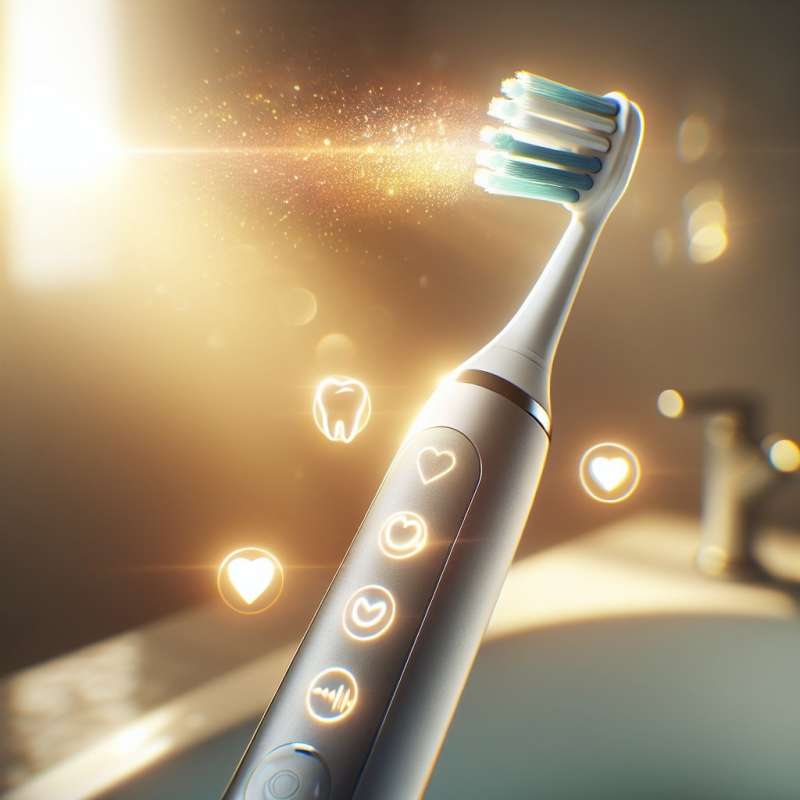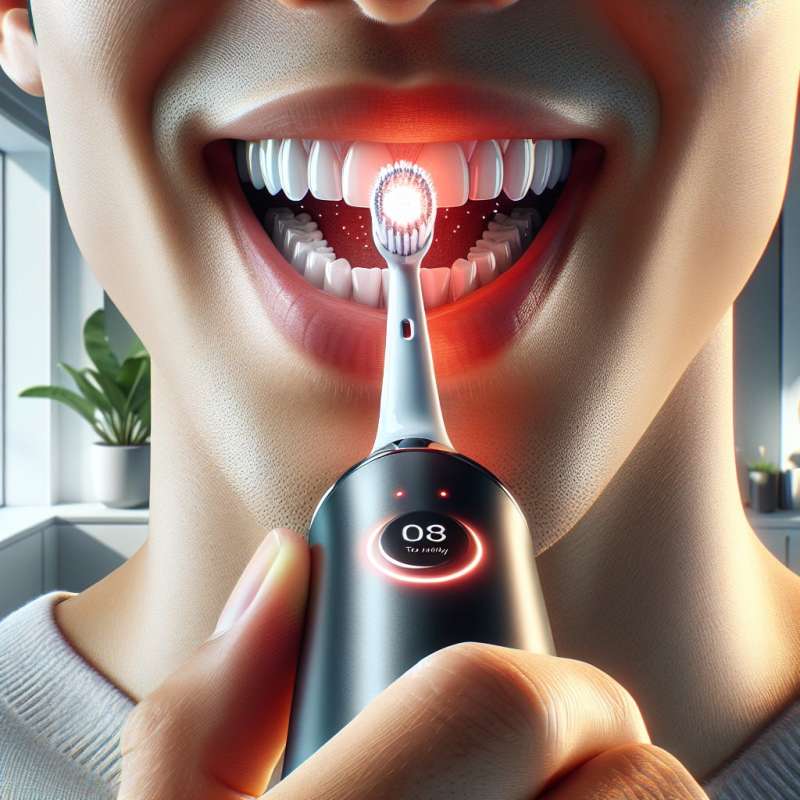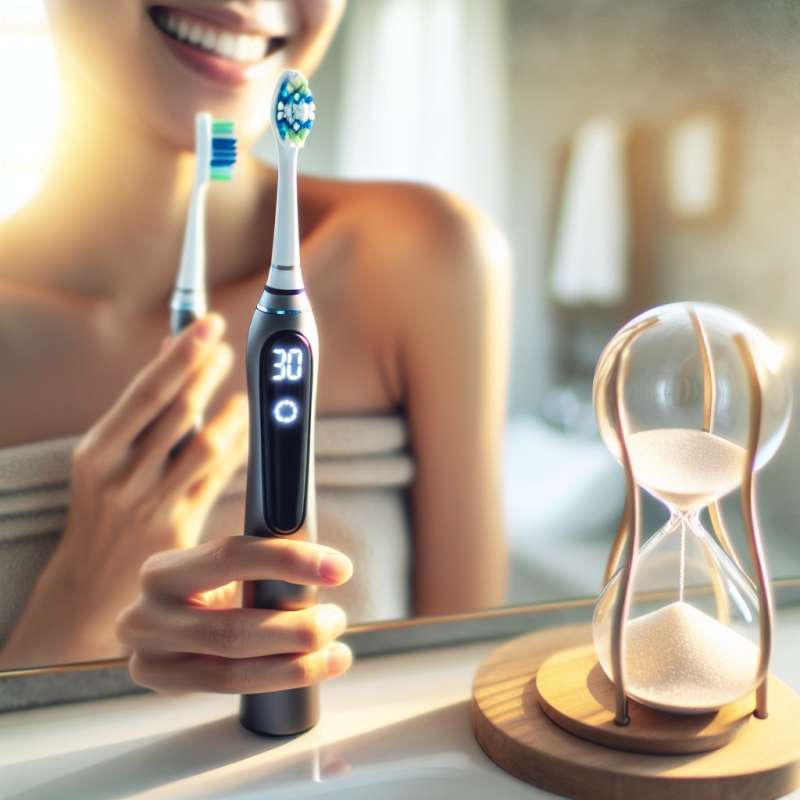
History of Electric Toothbrushes
The first electric toothbrush was introduced in 1954 by the Swiss dentist Dr. Philippe-Guy Woog. Called the Broxodent, it was initially designed for patients with limited motor skills.
Electric vs Manual Brushes
Studies reveal that electric toothbrushes reduce dental plaque 21% more effectively than manual brushes, also decreasing gingivitis by 11% after three months of use.
Variety of Brushing Modes
Modern electric toothbrushes offer multiple modes such as daily clean, gum care, whitening, and sensitive. These cater to different oral care needs, enhancing the brushing experience.
Pressure Sensor Technology
Advanced electric toothbrushes have pressure sensors that alert you when you're brushing too hard, protecting your enamel and gums from damage.
Timers for Efficient Brushing
Built-in timers ensure users brush for the dentist-recommended two minutes. Some even guide you to move to different quadrants of the mouth every 30 seconds.
Smart Connectivity Features
Bluetooth-enabled electric toothbrushes can connect to smartphone apps, providing feedback on your brushing habits, areas missed, and even the pressure applied.
Environmental Impact
Electric toothbrushes require charging or battery replacements, raising concerns about electronic waste. However, replaceable heads create less waste than disposing of full manual brushes.Space Brushes
Astronauts use specially designed electric toothbrushes that control water droplets in zero gravity to avoid floating messes.
Who introduced the electric toothbrush?
An American engineer
Dr. Philippe-Guy Woog
A Swedish inventor
Company